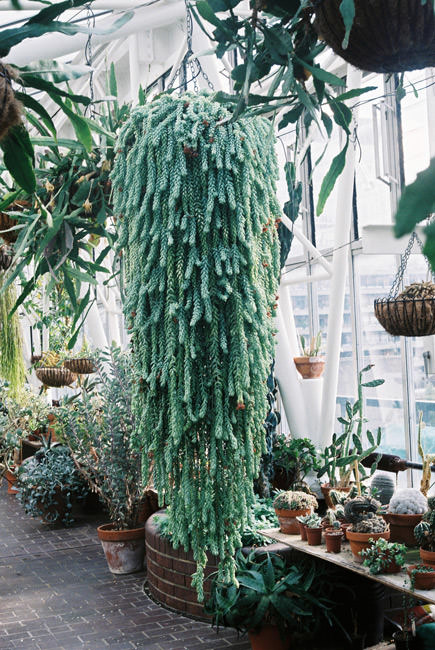
A++ exhibition by Matteo Cremonesi
A photographic practice grounded on close-ups, which pays a special attention to creating synthetic, impersonal, austere, ephemeral, formally balanced, polite images, that describe and express the detail, what’s minute, the “skin” or thin surface of things over and over.
Attributing and assigning to such tendency for formalization the ability to emotionally narrate attitudes and the meaning of a discourse, or maybe, more simply, just a “sensitivity”.
Cremonesi proposes a reconfiguration of landscape photography, which, from the static take onto the common object moves towards a surfacing practice, expressed through the innocence and ambiguity of the latter. It is also framed by the effects of patinas and by the helplessness of the look.
"Sculptures" is a series of works composed of collections (Bin, Printer, Photocopier, Washer, Camera, Mirror) of photographic images of everyday objects. The images report subjects, shapes, materials. Lingering on them through repeated formal cuts to investigate their characteristics.
The search for an ideal dimension of the subject together with the attempt to look at it as if recording natural subjects becomes a chance to carry out a perceptual reflection with the purpose of producing a representation of the contemporary technological habitat which could establish a connection with the very perception of what is “natural”.
A++ by artist Matteo Cremonesi at Jarach Gallery in Venice.
Still on till November 8th.










Photography: Courtsey of Matteo Cremonesi














































































